Blog
Blog
-
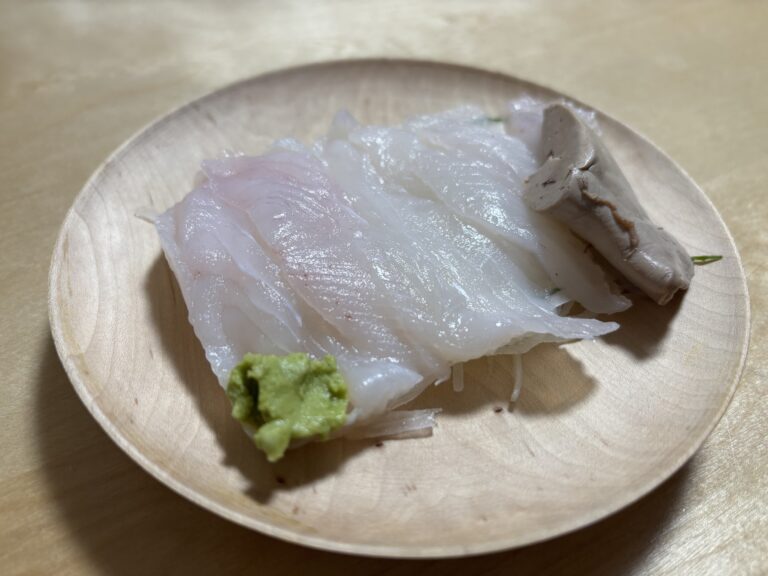
What is the hage fish that represents Kyoto?
Kyoto still has traditional greengrocers. About a 10-minute walk south from our guesthouse is Toba Ume Shoten, a greengrocer that also sells takoyaki. Known as Kyoto's cheapest takoyaki shop, it's also a greengrocer offering delicious sashimi and vegetables delivered straight from the market. Today's sashimi is hage fish. When I first came to Kyoto, I was surprised to hear it called hage. Because in Japan, the term “hage (bald)” can also be a derogatory term referring to someone who has completely lost all their hair. In the Kansai region, “Hage” refers to Kawahagi (thread-sail filefish). The name comes from how its…
- Culture
-

Nakō: One of the best family-run neighborhood Chinese restaurants in Kyoto
Kyoto is home to the flagship stores of renowned Japanese Chinese restaurant chains such as Gyoza no Ohsho and Tenka Ippin, but it also boasts numerous locally rooted, family-run Chinese eateries known as machi-chuka.Nakō, located near the Eiden railway line just under a fifteen-minute walk from our guesthouse, is my favourite local Chinese restaurant.The daily lunch special is generously portioned, but the real favourite is the champon.Chanpon is a word meaning “to mix various things, or the mixture itself”, and also the name of such a dish. While the version from Nagasaki is particularly famous, in Kyoto, chanpon refers to…
- restaurant
-

Espace Louis Vuitton Osaka
The works of Yayoi Kusama, who enjoys immense popularity in Europe. Currently, her pieces spanning from her early years to recent times are on free display at the exhibition space “Espace Louis Vuitton Osaka” within the Louis Vuitton Maison Osaka Midosuji. Particularly striking is her 1965 work “Infinity Mirror Room-Phalli's Fiel”. Though viewing is limited to approximately one minute per group, visitors can sense her inspiration centred on infinity and eternity. The exhibition is scheduled to run until 12 January next year.
- Osaka
- Spot introduction
-
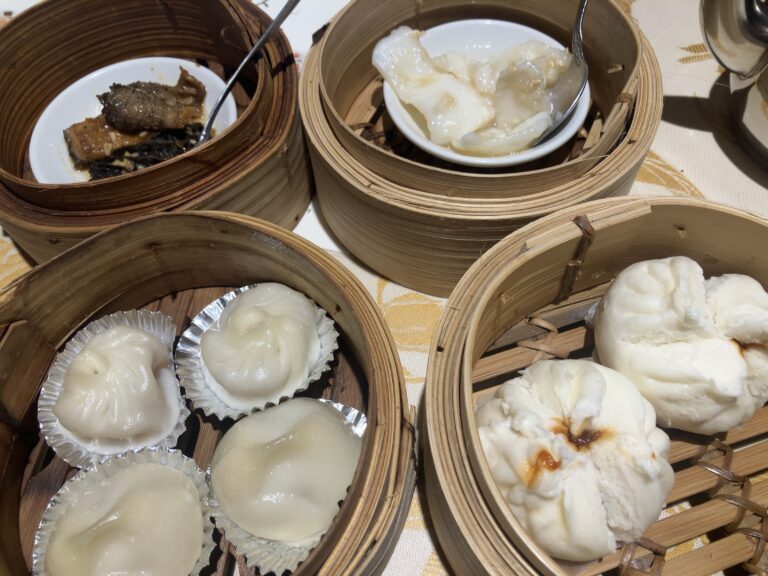
Wagon-style dim sum
My first visit to Hong Kong was nearly thirty years ago. The handover was imminent, and there was a palpable sense of unease in the air. Amidst this, my first experience was dim sum served from trolleys. I recall timidly pointing at dishes made with ingredients I'd never seen before in Japan, as they were brought round one after another.You can experience this very same trolley-style dim sum in Kyoto at Old Hong Kong Restaurant Kyoto. It offers an all-you-can-eat selection of freshly steamed items like shumai and dumplings, grilled dishes cooked to order, and a wide variety of desserts.…
- restaurant
-

Warning: Problems with reservations made through Agoda
Recently, there have been many problems with reservations made through Agoda.Our guesthouse only accepts reservations through Booking.com, but it seems that we are also listed on Agoda, so we are asking Agoda to remove our listing.If you make a reservation through Agoda, there is a possibility that the reservation may be made on a date when we cannot accept reservations, and in the worst case, you may not be able to stay, and cancellation fees may also apply.Please make your reservation through Booking.com, and if you have any concerns, please feel free to contact us directly by email or phone.
- notice
-
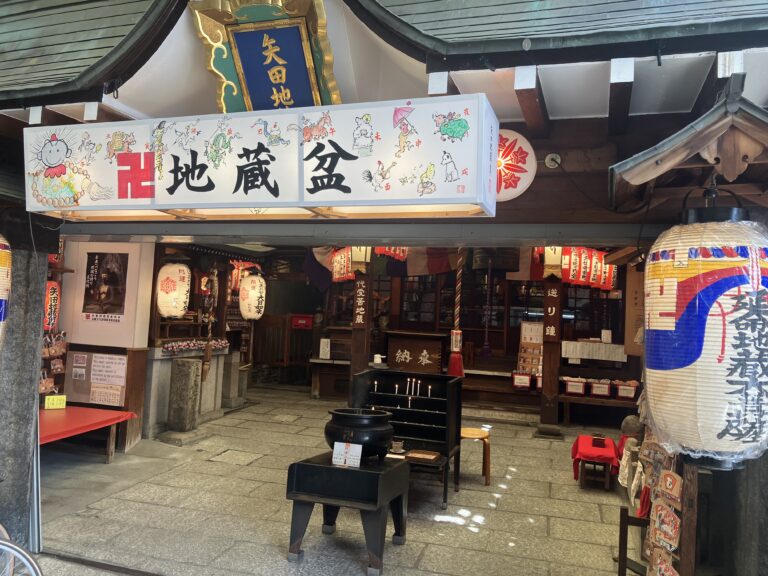
Jizō Bon
After the Gozan Okuribi, Kyoto welcomes Jizō Bon.Jizō Bon is an event held on 24 August, which is associated with Jizō Bosatsu, the guardian deity of children and roadside shrines, to pray for the health of children and the safety of the neighbourhood. Jizō Bosatsu is a bodhisattva who vowed to save people lost in the six realms (six worlds) from the time of Shakyamuni Buddha's death until the appearance of Maitreya Bodhisattva.During Jizō Bon, the Jizō statue is taken out of its shrine, adorned with makeup, and dressed in a new apron before being enshrined on an altar. The…
- Kyoto
- Spot introduction
-
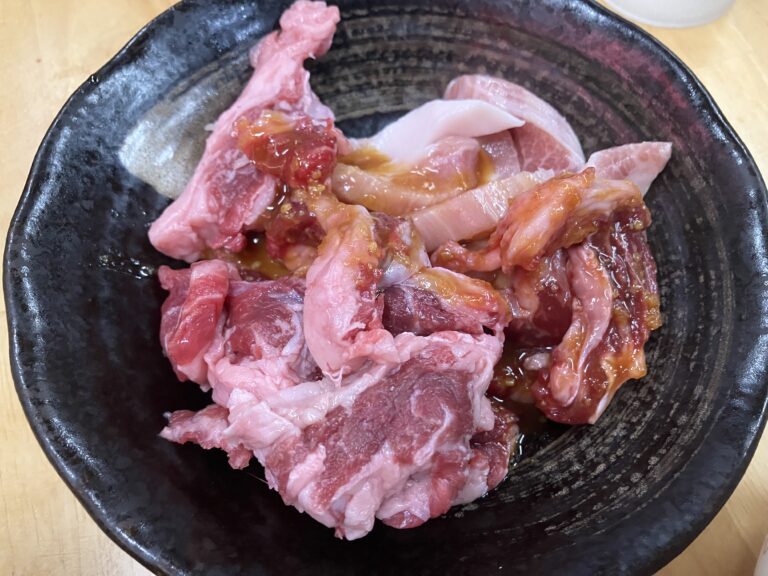
Satono-ya: One of the oldest Japanese BBQ restaurants in Kyoto
Established in 1960, Satono-ya is one of the oldest yakiniku restaurants in Kyoto. It is a little far from our guesthouse, but it is worth walking to.Located near Kyoto University, it is a great place for students to enjoy delicious meat at reasonable prices.In particular, the lunch menu is highly recommended. You can choose from galbi, tontoro, and horumon, and even combine two types. Galbi means ‘rib’ in Korean and refers to the meat around the ribs of a cow, which is one of the most popular cuts among Japanese people. Tontoro is the meat from the cheek to the…
- restaurant
-
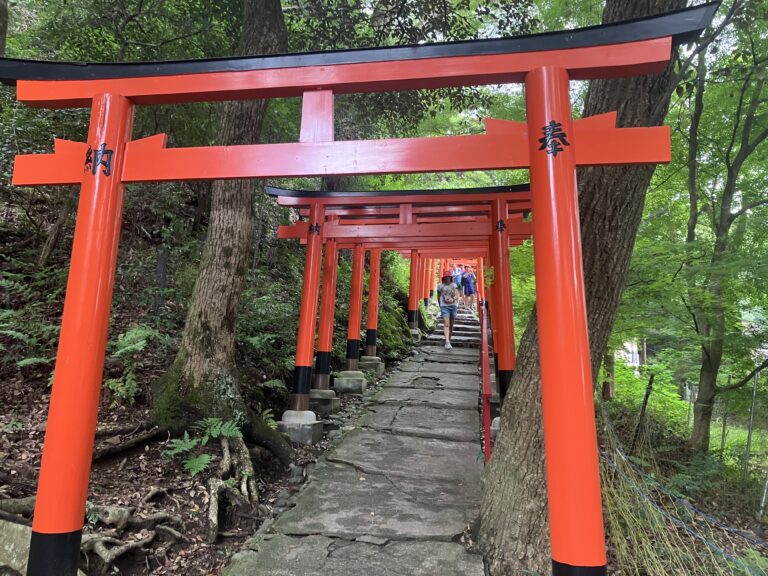
A quiet row of torii gates to enjoy
I sometimes receive requests from customers who want to take photos of torii gates lined up in a place with few people.In such cases, I take them to Futaba Hime Inari Shrine, located right next to Kamigamo Shrine. While many people visit Kamigamo Shrine, a World Heritage Site, few seem to visit this shrine, which is located a little further away.Founded in 820, it was originally the guardian shrine of Jingū-ji Temple, a Buddhist temple that practised Shinto-Buddhist syncretism. Shinto-Buddhist syncretism was a doctrine that sought to harmonise Japan's indigenous Shinto beliefs with imported Buddhist beliefs, and it was widely…
- Kyoto
- Spot introduction
-

Where can we spend some quiet time at Fushimi Inari?
Fushimi Inari Taisha Shrine is always crowded with people.However, there are a few quiet places where tour groups don't go. My favourite is Kobo-ga-taki Waterfall.After passing through the thousand torii gates, follow the Kyoto Loop Trail from the inner shrine, and you'll come to a bamboo forest. Continue walking through the bamboo forest for about 10 inutes to reach the waterfall. Waterfalls have been places of spiritual training since ancient times. Being struck by the waterfall's flow trains both the mind and body.At Fushimi Inari Waterfall, you can see elements of both Shinto and Buddhism, and feel the fusion of…
- Kyoto
- Spot introduction
-

Fushimi Inari Taisha Shrine: Beware of the crowds
The main attraction for foreign tourists visiting Kyoto is undoubtedly Fushimi Inari Taisha Shrine.The red torii gates lining the approach to the shrine appeared in a scene in the American film Memoirs of a Geisha, and the fantastical scenery makes it an attractive place for foreigners.However, it is also true that the sheer number of foreign tourists can be overwhelming.In particular, it is also a tourist destination that we guides are most reluctant to take tourists. I have been bumped into by ill-mannered tourists three times in the past, so it is a place that requires caution.During the day, buses…
- Kyoto
- Spot introduction
-

Gozan no Okuribi
This year's Okuribi (Sending-Off Fires) ceremony was held without incident.On 13 August, we welcomed the spirits of our ancestors into our homes, and on the night of the 16th, we sent them back to the afterlife with the Okuribi ceremony.Since ancient times, the Japanese have revered mountains as sacred places, and we believed that after death, our souls would ascend to the mountains and reside there.The Sending-Off Fires also serve to comfort the souls of those who died in war, making them a prayer for peace.In the past, the Sending-Off Fires were held separately on five mountains around Kyoto, but…
- Kyoto
- Spot introduction
-
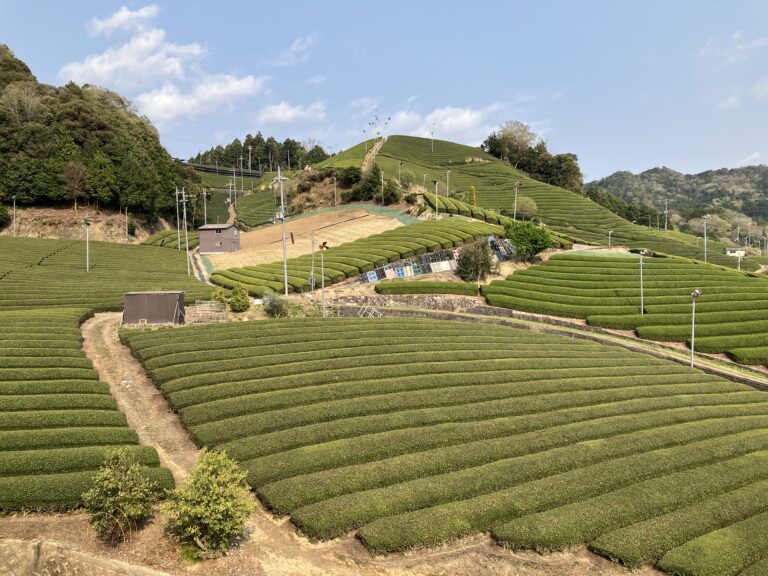
Tea fields of Ishidera
The tea fields of Ishidera are one of Kyoto's most representative landscapes. Wazuka-cho, where the tea fields are located, is the main production area for Uji tea, and the picking of new tea will soon begin. The tea fields are a must-see, but are difficult to access without a car. The roads around the area are extremely narrow, making it difficult for vehicles to pass each other. In addition, there are signs along the road prohibiting parking, as it would be an obstacle to the farm work. Normally, people park their cars at the Wazuka Tea Café run by the Wazuka…
- Kyoto
- Spot introduction
